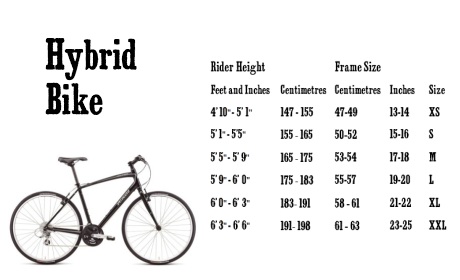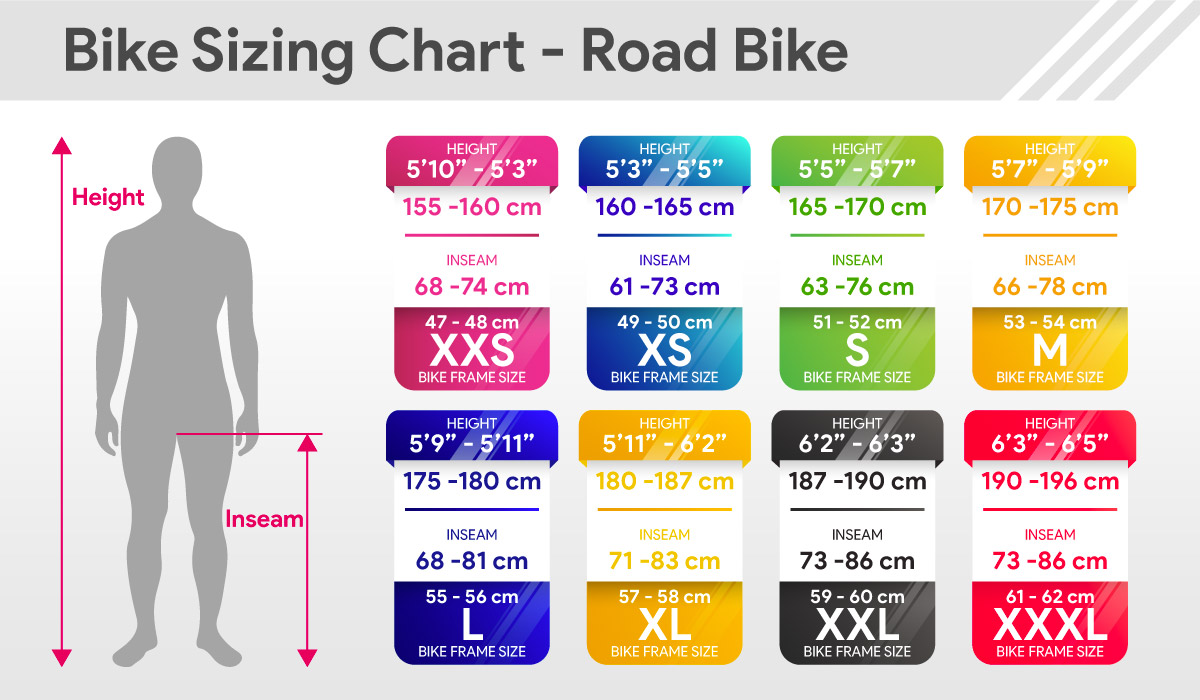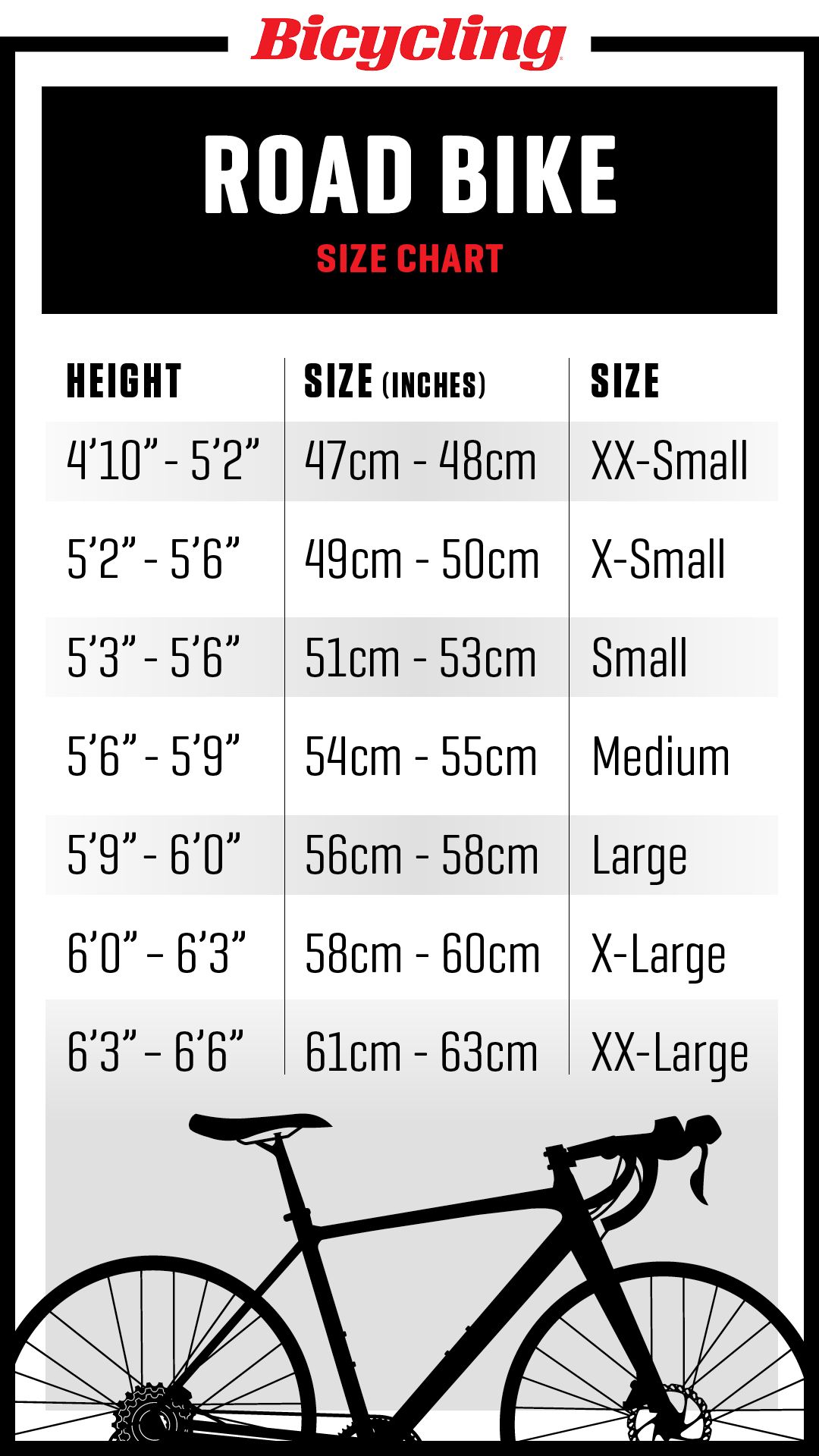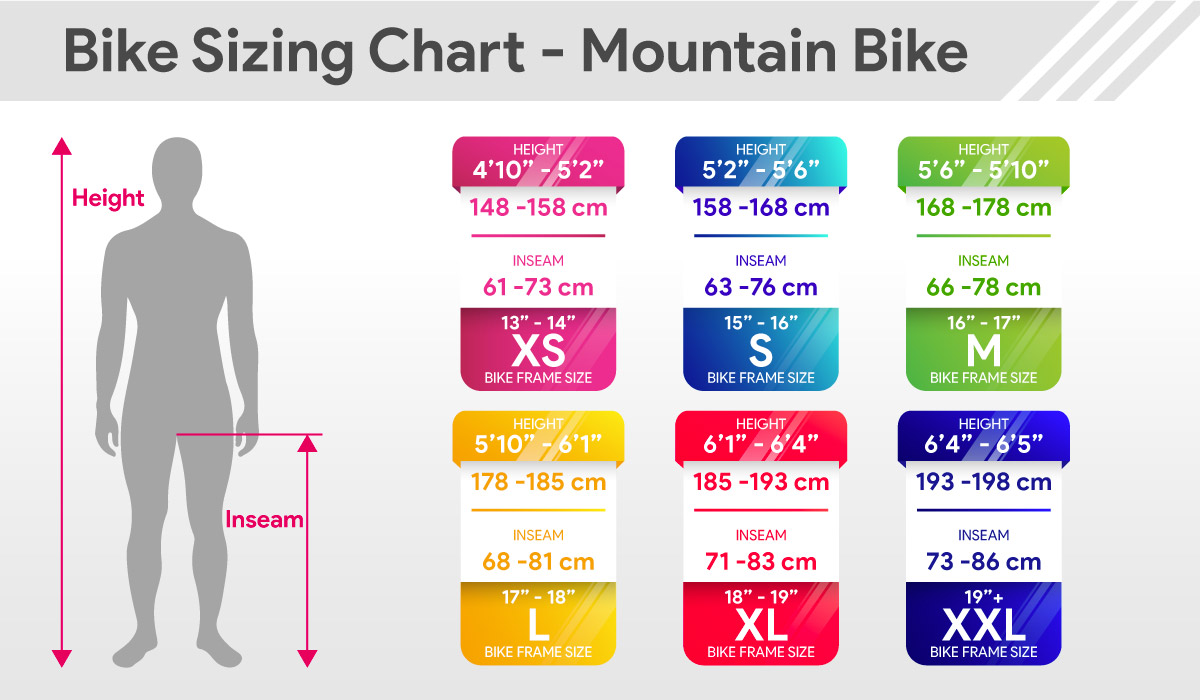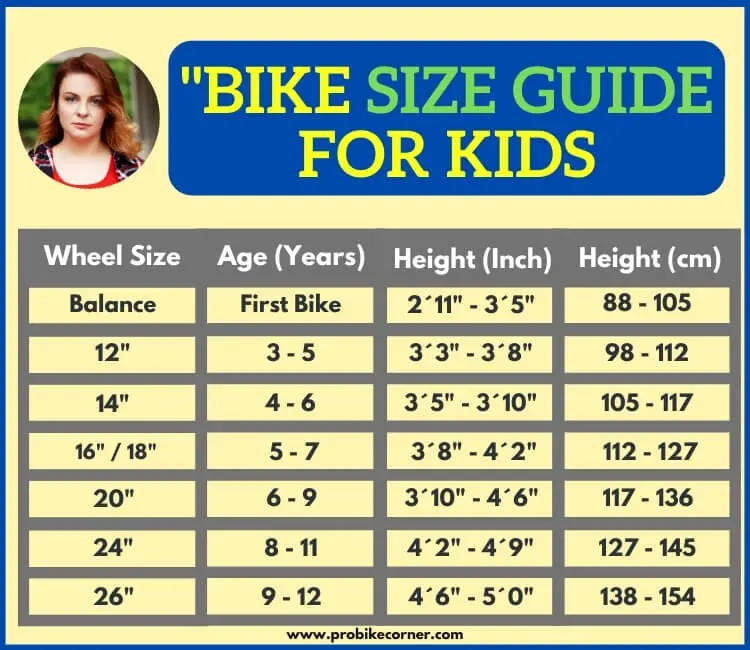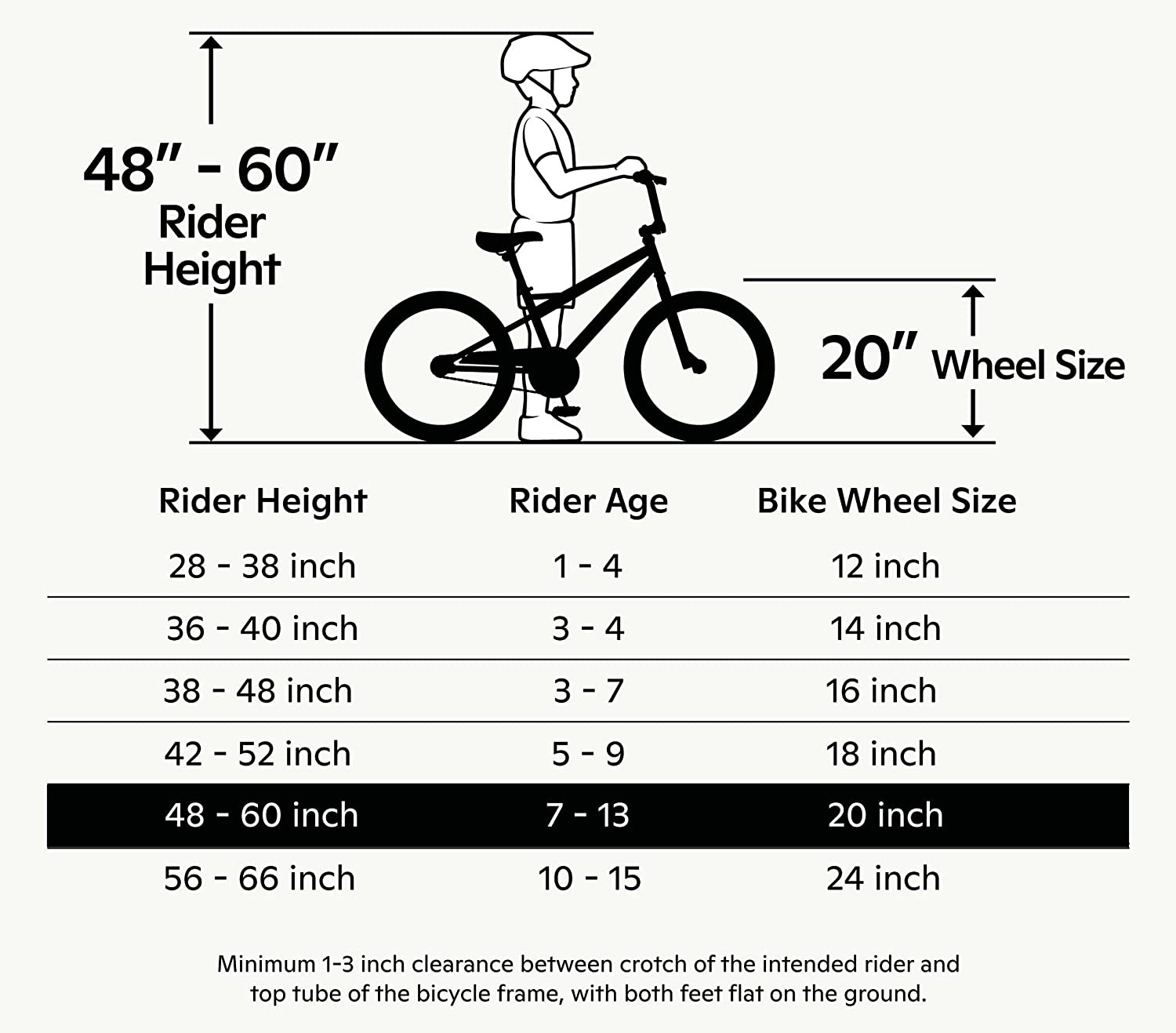Why Bike Size Matters for a Comfortable Ride
Finding the right bicycle size for height is crucial for a comfortable and safe ride. A bike that’s too small or too large can lead to discomfort, fatigue, and even injuries. For instance, a bike that’s too small can cause the rider to hunch over, putting strain on the back and neck, while a bike that’s too large can make it difficult to control, increasing the risk of accidents. Moreover, an ill-fitting bike can also affect the rider’s performance, making it harder to pedal efficiently and maintain speed. On the other hand, a bike that’s tailored to the rider’s height can provide a comfortable riding position, allowing for a more enjoyable and productive ride. By understanding the importance of bicycle size for height, riders can ensure a safe and comfortable cycling experience. Whether you’re a seasoned cyclist or just starting out, finding the right bike size is essential for a lifetime of comfortable riding.
Measuring Up: How to Determine Your Ideal Bike Size
To find the perfect bike size, it’s essential to take accurate measurements of your height and inseam. This will give you a baseline to work from when selecting a bike. To measure your height, stand against a wall with your feet shoulder-width apart and your back straight. Use a tape measure or ruler to record your height from the top of your head to your heels. Next, measure your inseam by placing a book or ruler between your legs, just above the knee. This will give you an accurate measurement of your leg length. Once you have these measurements, you can use a bike size chart to determine your ideal bike size. Most bike manufacturers provide size charts on their websites or in-store, which take into account the bicycle size for height and other factors such as leg length and arm reach. By using a size chart, you can narrow down your options and find a bike that’s tailored to your unique measurements.
How to Choose the Right Bike Size for Your Height
Choosing the right bike size for your height involves considering several factors beyond just your height measurement. Here’s a step-by-step guide to help you find the perfect fit: First, determine your height category based on the bike manufacturer’s size chart. Most charts categorize riders into small, medium, large, and extra-large sizes. Next, consider your leg length and arm reach. A bike that’s too small may require you to stretch to reach the handlebars, while a bike that’s too large may cause your legs to be too stretched out. Look for a bike with a seat tube length that allows you to put both feet flat on the ground when you’re sitting on the saddle. Additionally, consider the top tube length, which should allow for a comfortable riding position with your arms slightly bent. Finally, check the standover height, which should be at least 1-2 inches below your inseam measurement to ensure safe clearance. By considering these factors and using a bike size chart, you can find a bike that’s tailored to your unique measurements and provides a comfortable, safe ride. Remember, the right bicycle size for height is crucial for a lifetime of comfortable riding.
Understanding Bike Geometry: What You Need to Know
When it comes to finding the right bike size, understanding bike geometry is crucial. Bike geometry refers to the measurements and dimensions of a bike’s frame, which affect how the bike fits and handles. Here are some key terms to know: Top tube length refers to the horizontal distance between the seatpost and the handlebars. A longer top tube length can provide a more comfortable riding position, but may not be suitable for riders with shorter arms. Seat tube length, on the other hand, measures the distance from the saddle to the bottom bracket. A seat tube length that’s too long can cause discomfort and affect pedaling efficiency. Standover height, which is the distance between the ground and the top tube, is also important to consider. A bike with a standover height that’s too low can be difficult to mount and dismount. By understanding these key dimensions and how they interact, you can find a bike that’s tailored to your unique measurements and provides a comfortable, efficient ride. Remember, the right bicycle size for height is just one aspect of bike fit – considering bike geometry can help you find a bike that’s truly tailored to your needs.
Bike Size for Different Types of Riding
When it comes to choosing the right bike size, the type of riding you plan to do is an important consideration. Different types of riding require different bike sizes and geometries to ensure a comfortable and efficient ride. For example, road biking typically requires a more aggressive riding position, which means a smaller bike size with a lower standover height may be suitable. On the other hand, mountain biking requires a more upright riding position and a larger bike size with a higher standover height to accommodate rough terrain and obstacles. Commuting and casual riding often fall somewhere in between, with a focus on comfort and practicality. Additionally, factors such as suspension travel, wheel size, and handlebar height can also affect bike size requirements. By considering the specific demands of your preferred type of riding, you can find a bike that’s tailored to your needs and provides a comfortable, enjoyable ride. Remember, the right bicycle size for height is just one aspect of bike fit – considering the type of riding you’ll be doing can help you find a bike that’s truly optimized for your needs.
Common Mistakes to Avoid When Buying a Bike
When buying a bike, it’s easy to get caught up in the excitement of finding the perfect ride. However, there are several common mistakes that can lead to a bike that’s uncomfortable, inefficient, or even unsafe. One of the most critical mistakes to avoid is not considering bike size. A bike that’s too small or too large can lead to discomfort, pain, and even injury. Additionally, failing to test ride a bike before buying can also lead to a poor fit. Other common mistakes include not considering the type of riding you’ll be doing, not checking the bike’s geometry and components, and not seeking advice from a professional. By being aware of these common mistakes, you can avoid them and find a bike that’s tailored to your needs and provides a comfortable, enjoyable ride. Remember, finding the right bicycle size for height is crucial, and taking the time to do your research and test ride a bike can make all the difference. By doing so, you can ensure a comfortable and safe ride, and get the most out of your cycling experience.
Test Ride Before You Buy: The Importance of a Trial Run
When buying a bike, it’s essential to test ride it before making a purchase. This trial run can make all the difference in ensuring a comfortable and enjoyable ride. By test riding a bike, you can determine whether the bicycle size for height is correct, and make any necessary adjustments. You’ll be able to feel how the bike responds to your body, and whether it’s the right fit for your riding style. A test ride can also help you identify any potential issues with the bike’s geometry, such as a seat that’s too high or handlebars that are too low. Additionally, a test ride can give you a sense of the bike’s overall comfort and performance, helping you make a more informed purchasing decision. Don’t be afraid to ask the sales staff for guidance and advice during the test ride, and take your time to get a feel for the bike. Remember, finding the right bike size is crucial, and a test ride is an essential step in the process. By taking the time to test ride a bike, you can ensure a comfortable and enjoyable ride, and get the most out of your cycling experience.
Conclusion: Finding the Perfect Bike Size for a Lifetime of Comfortable Riding
In conclusion, finding the right bicycle size for height is crucial for a comfortable and enjoyable ride. By following the steps outlined in this guide, you can ensure that you find a bike that fits your body perfectly, providing a safe and comfortable riding experience. Remember to measure your height and inseam, consider your riding style and type, and test ride a bike before buying. Don’t make the common mistakes of not considering bike size or failing to test ride a bike. By taking the time to find the right bike size, you can enjoy a lifetime of comfortable and enjoyable riding. Whether you’re a seasoned cyclist or just starting out, finding the perfect bike size is essential for getting the most out of your cycling experience. So, take the time to get it right, and you’ll be pedaling your way to comfort and happiness in no time.


